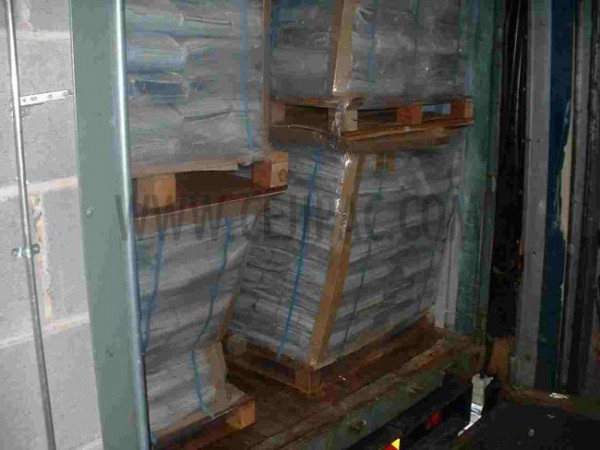

A company may produce brilliant product but if doesn’t reaches the customer in an intact position, all the hard work goes in vain. Logistics is therefore a vital element to ensure the arrival of the product in good condition to the customer's hands. Ascertaining that the product reaches without damage is essential for a complete and satisfactory transaction, that will in turn save costs and shun amendment loops, while letting your trade to nurture more both short and long term. A large number of people are involved in managing full container cargo during the shipment process, from the foreign workshop till it is dispensed to the ultimate destination.
On a standard international full container shipping route, the departments that may handle cargo includes:
• The team of professionals that take every cargo under stringent quality check before the dispatch.
• The supplier/workshop which freights the cargo.
• The local haulier that delivers the cargo to a local depository.
• The local transporter that moves the cargo from the depository to station.
• The origin station.
• The transhipment station.
• The arrival port station.
• The customs depository, if there is any customs involvement.
• The local haulier at the arriving port for ultimate delivery.
With such a large number of people involved in the process, the chances of cargo getting damaged or mishandled are high. Here Dunnage bags come in picture. The term insinuates to internal packaging components used to safeguard and load cargo without any damage for transport. Dunnage air bags are most commonly used for cargo, that are resilient, inexpensive and apt for a range of applications.
Roles of Dunnage Bags:
Dunnage bags is used to avert any damage to goods while they undergo the process of loading, transport and unloading. It keeps items from stirring around while in shipment, regardless of route they are sent by- rail, road or sea. Dunnage bags provide remarkable value and are most affordable choice for securing the consignment. They can endure an extreme of three pounds per square inch of pressure and are equipped with a built-in inflation system. Dunnage bags are recyclable so are eco-friendly, making them an eco-friendly substitute to other options and void fillers.
Additionally, dunnage bags also defends goods and packaging from contagions and dampness. Cargo Dunnage Bags Manufacturers in Malaysia are renowned manufacturers worldwide who assure safeguarding cargo from damage that in turn improves customer relationships and sanctions smooth loading of friable cargo. making them sustainable and environmentally friendly. Dunnage bags supports a cargo load, fastens items in place, absorbs throb and eradicates any voids in shipping containers and trucks.
Dunnage bag is used in numerous different ways. On shipments, floor dunnage bag is used to keep dampness-sensitive cargo from the perspiration that forms on ship floors. It works by gripping the cargo above the deck, letting the dampness to stream beneath it without instigating any damage. Cushioned dunnage bag is used to defend particularly fragile cargo. Top dunnage is also adhered to container ceilings that includes paper and other permeable materials.
Consecutively, the ‘cushioned’ fact is that with an expanded demand of the product, Cargo Dunnage Bag manufacturers have a outstanding opportunity to multiply their business to new statures by offering an extensive range of exclusive and economical variety of Dunnage Bags to their global patrons.